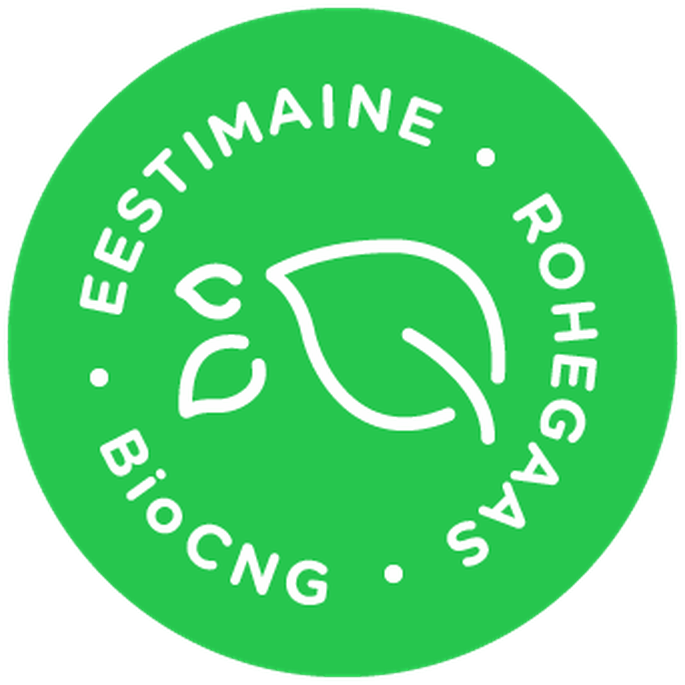In June, 17,011 megawatt hours of biomethane were produced in Estonia
2023. in the sixth month, 17,011 megawatt-hours of biomethane of domestic origin were produced, of which 2,865 megawatt-hours came from sewage sludge, 4,991 megawatt-hours from
m3 of biomethane per year
tons less CO2 compared to fossil transport
JETGREEN OÜ operates in the field of production of renewable transport fuels, being the sole shareholder of Rohegaas OÜ, the first and largest biomethane producer in Estonia and the Baltic States.
We produce 50-60,000 MWh of renewable transport fuel per year, which is enough for the annual consumption of all city buses in Tartu, Pärnu and partly also in Tallinn. With this, we help to reduce CO2 emissions in the transport sector by more than 80%.
Reduction of CO2 emissions – We help to reduce CO2 emissions by approx. 14,000 tons per year compared to fossil fuel-powered transport.
Biomethane, or green gas, is a gaseous substance that meets the quality requirements of natural gas and is produced from biodegradable waste, sewage and sewage sludge, waste of agricultural origin and biomass of different origins. Biomethane is a 100% environmentally friendly renewable fuel that is produced
now also in Estonia.
Biomethane can be used wherever natural gas is used today – among them it is used in cars that use compressed natural gas (CNG). Biomethane can replace fossil fuels used in the transport sector. The goal of the Estonian state was to use 10% renewable fuels in transport by 2020, which was accomplished. Biomethane is more environmentally friendly and has a more stable price in the long term than imported fuels, and its use helps to improve Estonia’s energy security.
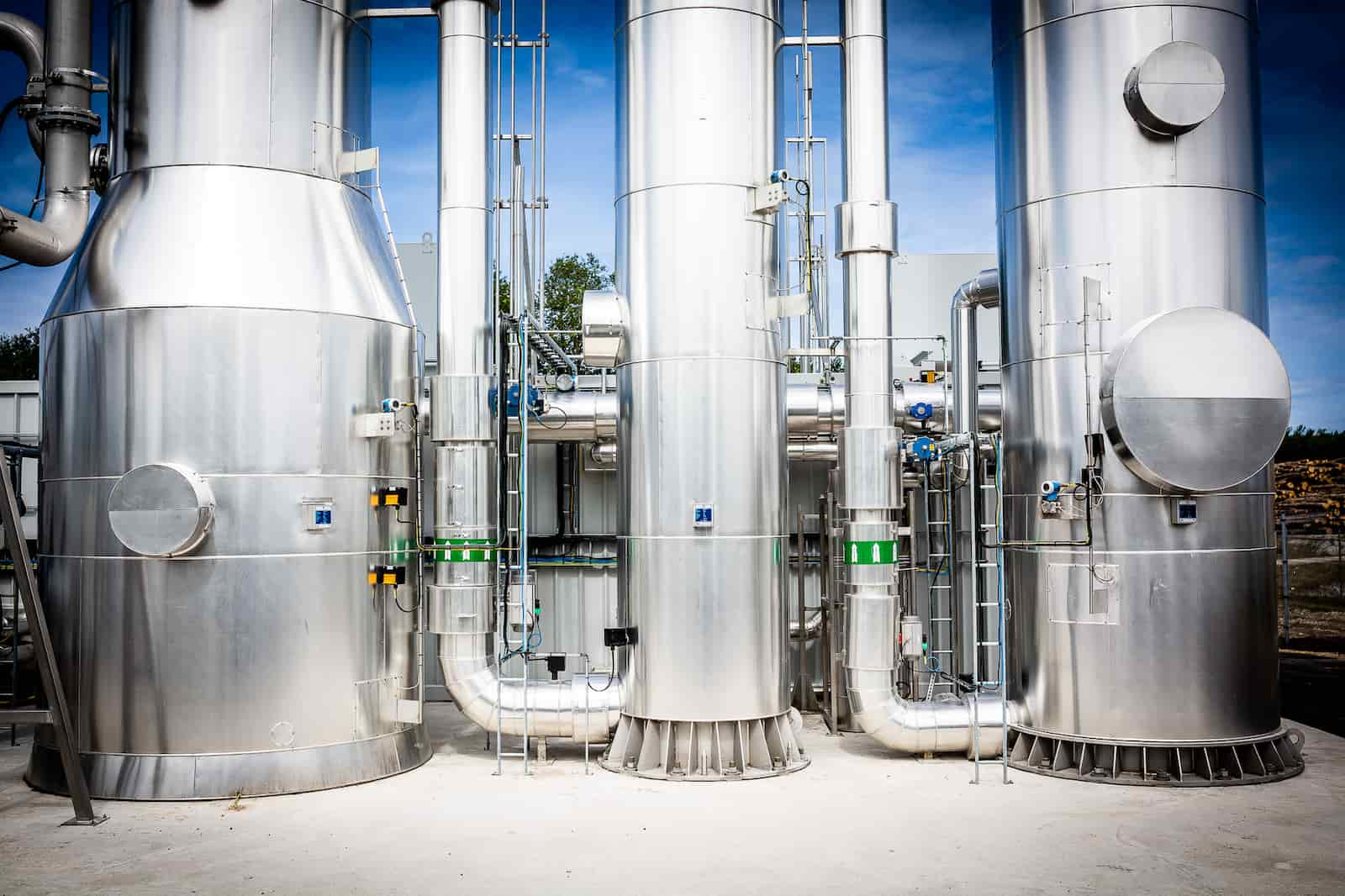
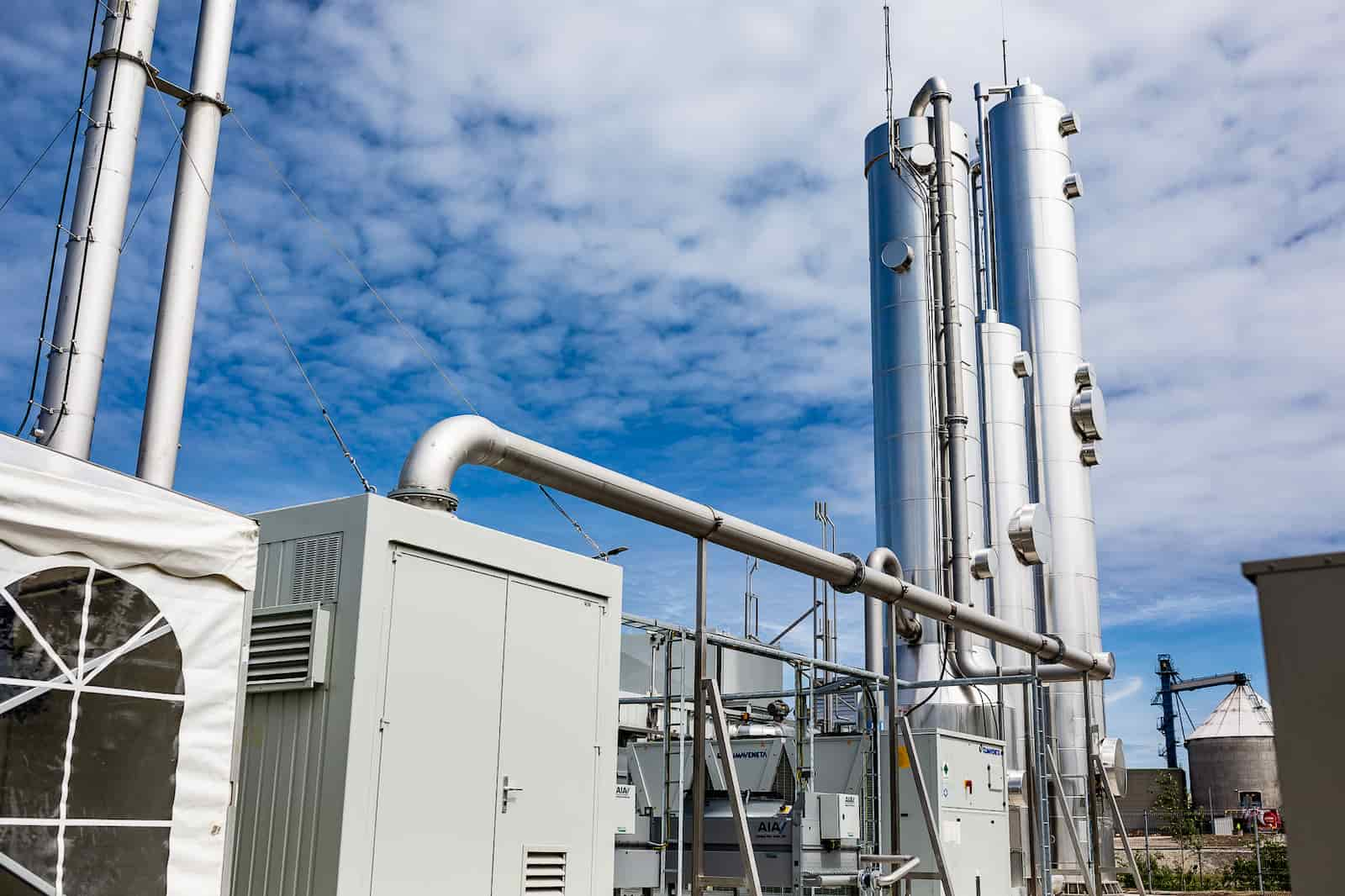
Compared to the burning of gasoline and diesel fuel, the calculated total emission of gas is smaller – the amounts of soot particles and sulfur dioxide emitted into the air are barely noticeable. The combustion of CNG car gas produces as much as 60% less carbon monoxide, 50% less hydrocarbons and 45% less nitrogen oxides compared to gasoline.
The state has begun to develop the biomethane market in Estonia through various activities. To date, the Environmental Investment Center has supported the construction of over 20 biomethane filling stations by 2020 and the construction of one biomethane production station so far. In addition, the state pays a subsidy for the development of the biomethane market for every megawatt-hour of green gas consumed in the transport sector. To prove the origin of the gas consumed, Elering, as the owner and system manager of the main gas network, has created a system of certificates of origin.

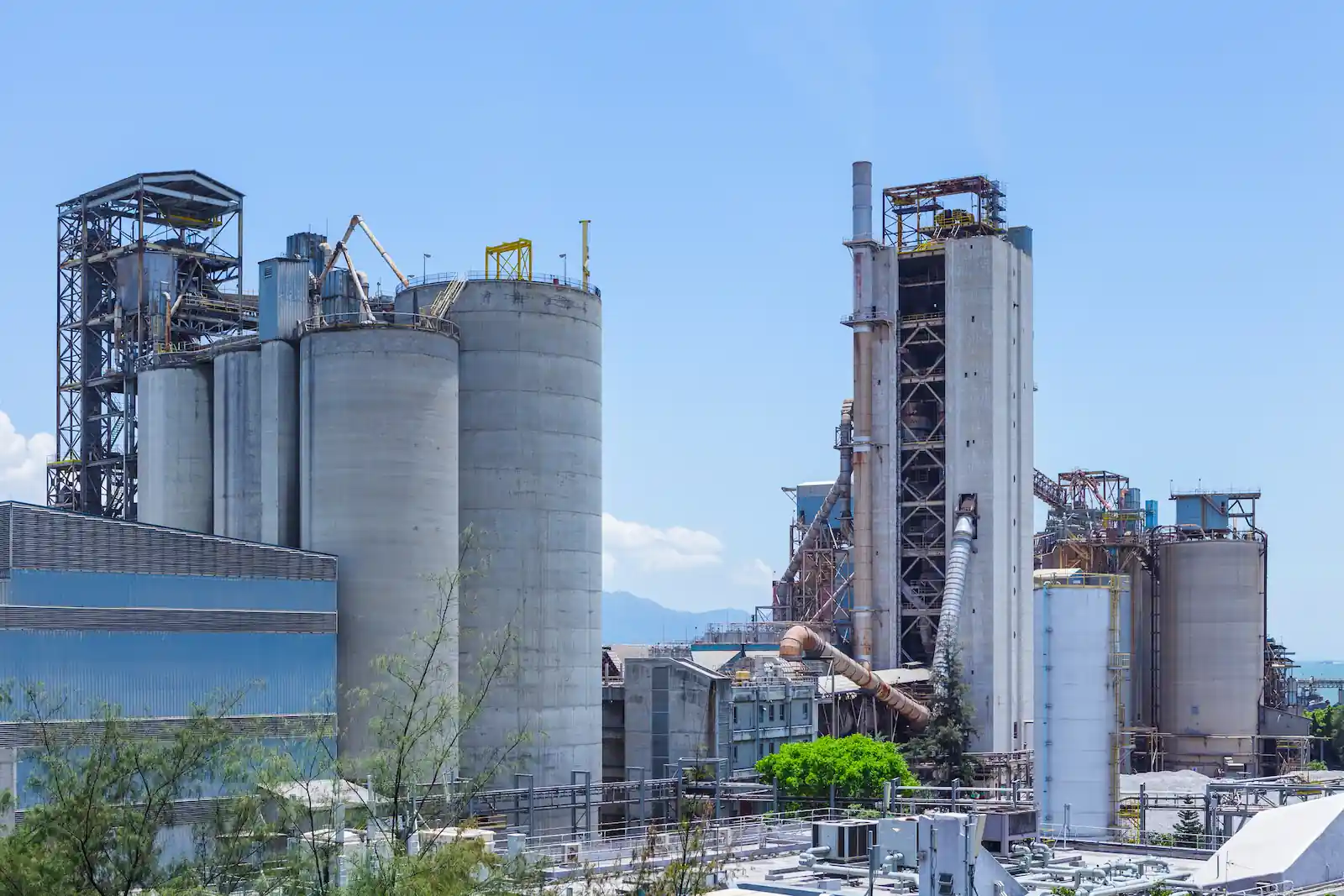


By the Development Fund in 2014. according to a study prepared in 2010, it is estimated that the resource in Estonia can be produced annually up to 4.7 TWh (= 483 million cubic meters) of biomethane, the raw material of which would be predominantly biomass from grasslands (83%), residues from agricultural production (9.8%), but also biodegradable residues from industry, landfill gas and domestic waste from wastewater treatment plants.
The real production volume today is estimated at approximately 1.0 – 1.5 TWh (= 100 – 150 million cubic meters) of biomethane per year.
The start of biomethane production has brought a new supply source based on local raw materials to the gas market.
In 2018, two biomethane plants started production in Estonia – Rohegaas OÜ located in Kunda and Biometaan OÜ located in Siiman, Viljandi County. The total annual capacity of the Rohegaas OÜ production plant is 6 million cubic meters, and gas is produced from sewage sludge. The total capacity of the Biometaan OÜ production plant is 1.5 million cubic meters per year, and gas is produced there from manure and biomass.
Vinni Biogaas OÜ and Tartu Biogaas OÜ were added to the existing producers in the summer of 2020. In both production plants, biomethane is produced from animal manure, biowaste and residues from the food industry.
A monthly overview of the amount of biomethane produced in Estonia can be found here.
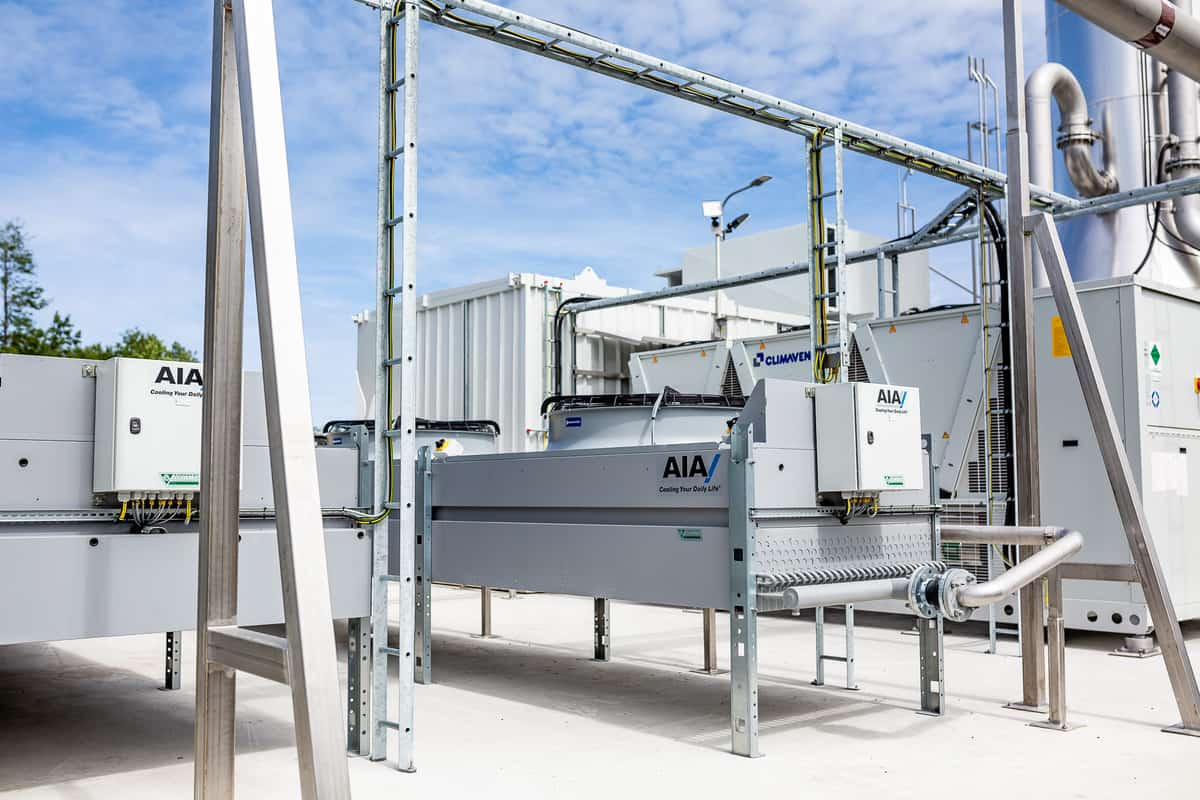

2023. in the sixth month, 17,011 megawatt-hours of biomethane of domestic origin were produced, of which 2,865 megawatt-hours came from sewage sludge, 4,991 megawatt-hours from
2023. in the fifth month, 15,320 megawatt-hours of biomethane of domestic origin were produced, of which 2,355 megawatt-hours came from sewage sludge, 4,268 megawatt-hours from
2023. in the fourth month, 14,232 megawatt-hours of biomethane of domestic origin were produced, of which 1,942 megawatt-hours came from sewage sludge, 3,923 megawatt-hours from
2023. in the third month, 15,289 megawatt-hours of biomethane of domestic origin were produced, of which 2,490 megawatt-hours came from sewage sludge, 4,389 megawatt-hours from
In addition to figurative environmentally friendly symbols and the reference to Estonianness, the Green Label also uses the internationally common abbreviation of biomethane “BioCNG” for the sake of wider understanding.
The Green Label is not an official certificate, but rather a marketing tool. The Green Label indicates the use of biomethane, a renewable fuel of Estonian origin, in vehicles.
The Green Label can be used by anyone who refuels domestic biomethane at compressed gas filling stations here.
It is recommended to install the Green Label on the rear window or hatch of the vehicle, on or next to the fuel hatch or in another suitable place on the vehicle. The label can also be used on a fuel tank.
The Green Label has been developed by Elering in cooperation with the Ministry of Economic Affairs and Communications and the Environmental Investment Center (KIK), following the recommendations and needs of biomethane market participants.
The Green Labels are initially available at the Elering reception, Kadaka tee 42, Tallinn.
You can also make green tags yourself, the instructions for this are in the Green Label style book. It is free for anyone to use.
